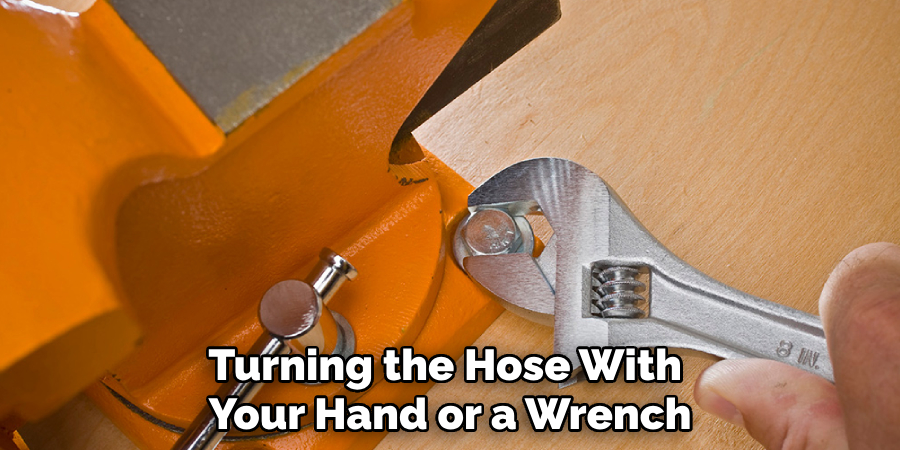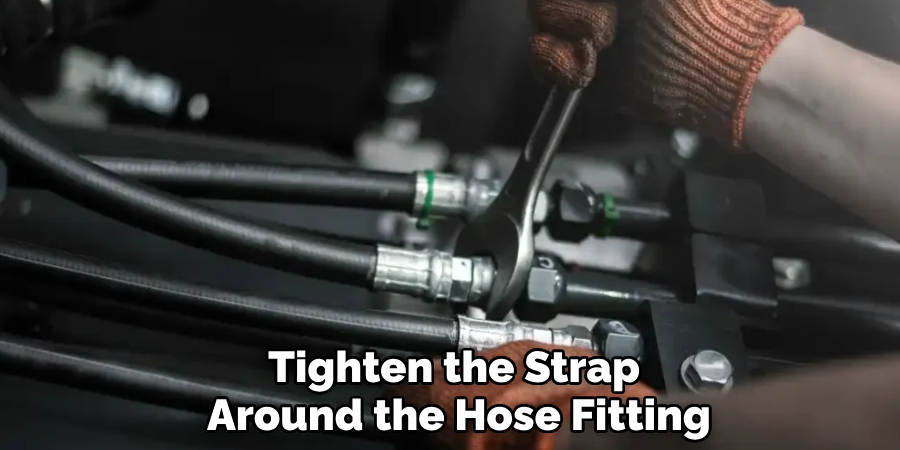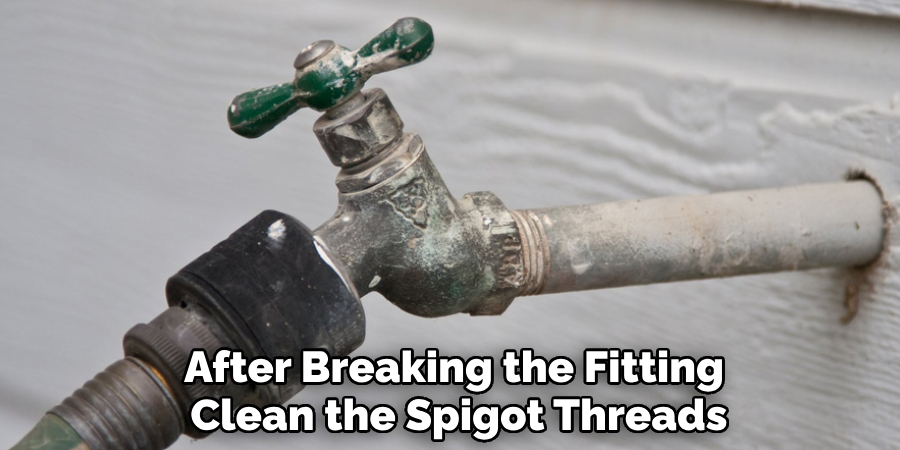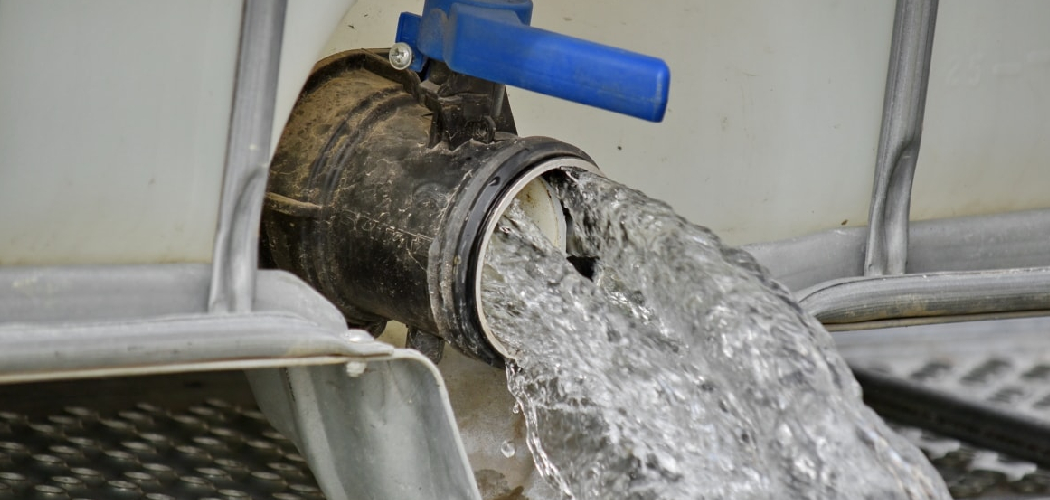Removing a rusted hose from a spigot can be a frustrating task, especially when the connection becomes stubborn over time. Whether due to weather exposure or corrosion, a rusted hose can make garden maintenance and watering activities tedious.

Fortunately, with the right tools and techniques, you can successfully detach that hose without causing damage to the spigot itself. This guide will provide step-by-step instructions and useful tips for how to get a rusted hose off a spigot.
Importance of Removing the Rusted Hose
Removing a rusted hose from a spigot is crucial for several reasons. Firstly, a rusted or stuck hose can lead to leaks or damage to the spigot, which can result in costly repairs or the need for a replacement. Additionally, maintaining a clear connection allows for improved water flow, ensuring that your plants receive the proper hydration they need for healthy growth.
Furthermore, addressing the issue promptly can prevent the situation from worsening, as rust and corrosion may spread over time, complicating future removal efforts. In essence, timely removal not only preserves your gardening tools but also enhances your overall outdoor maintenance efficiency.
Tools and Materials Needed
To effectively remove a rusted hose from a spigot, gather the following tools and materials:
- Adjustable Wrench: This will help grip and turn the hose fitting without damaging it.
- Penetrating Oil (like WD-40): Aids in loosening rust and corrosion that may be holding the hose in place.
- Wire Brush or Sandpaper: Useful for scraping off any visible rust or debris on the spigot or hose threads.
- Bucket or Container: To catch any water that may leak from the spigot when the hose is removed.
- Rags or Towels: For cleanup and to dry any areas that may get wet during the removal process.
- Gloves: Protects your hands from sharp edges or any rust particles while working.
Having these items on hand will simplify the removal process and help ensure a successful outcome.

10 Methods How to Get a Rusted Hose off a Spigot
1. Applying Lubricating Oil or Penetrating Oil
One of the most effective methods to loosen rusted threads is to apply a penetrating oil, such as WD-40 or PB Blaster, to the hose connection. These oils are designed to seep into the tiny spaces between the rusted threads, breaking down rust and corrosion. To use this method, spray a generous amount of the oil onto the area where the hose connects to the spigot.
Allow the oil to sit for at least 15-30 minutes to let it penetrate the rust. After the waiting period, try twisting the hose off the spigot. If the hose is still stuck, apply more oil and let it sit longer. This method is gentle on both the hose and the spigot, minimizing the risk of damage.
2. Using a Pipe Wrench or Pliers for Added Leverage
If the hose remains stuck after applying oil, using tools like a pipe wrench or a pair of pliers can give you the extra leverage needed to break the rusted connection. Grip the base of the hose firmly with the wrench or pliers, applying slow and steady pressure as you attempt to twist the hose counterclockwise.
Be careful not to apply too much force, as this can damage the spigot or hose bib. The key is to use steady, controlled movements to avoid breaking or cracking the spigot. If possible, hold the spigot in place with a second wrench to prevent it from turning or twisting while you work on the hose.
3. Heating the Connection to Loosen the Rust
Heat can be a powerful tool in breaking down rusted connections. By heating the metal hose fitting, you can cause it to expand, loosening its grip on the spigot. To use this method, apply heat to the hose connector with a propane torch or a heat gun, being careful to avoid any plastic components that might melt.
Once the metal is heated, use a wrench or pliers to try twisting the hose off the spigot. Heat helps break the bond of rust by expanding the metal, making it easier to free the connection. Be cautious when using heat near combustible materials and always wear protective gear, such as gloves and goggles.
4. Tapping the Hose Fitting with a Hammer
Sometimes, rusted threads need a little physical force to break free. Gently tapping the metal fitting with a hammer can help loosen rust by creating small vibrations that break apart the rust particles.
Use a small hammer or mallet and tap the fitting lightly around the circumference where it connects to the spigot. After tapping the connection, try turning the hose with your hand or a wrench. This method is especially useful when combined with penetrating oil, as the tapping can help the oil penetrate deeper into the rusted threads.

5. Soaking the Hose in Vinegar or a Rust Remover Solution
If you prefer to avoid chemicals, soaking the rusted connection in vinegar is a natural method to dissolve rust. Vinegar contains acetic acid, which can break down rust over time. To use this method, soak a rag or cloth in vinegar and wrap it around the base of the hose where it connects to the spigot.
Allow the vinegar to sit for several hours or even overnight to give it time to dissolve the rust. Afterward, try twisting the hose off. You can also use commercial rust removers, which are designed to tackle tough rust buildup. Soaking the connection in a rust remover can make the job easier if vinegar isn’t effective.
6. Cutting the Hose End with a Hacksaw
In some cases, the rust may be so severe that the hose cannot be removed without cutting. If other methods fail, using a hacksaw to cut the hose end may be the best solution. Carefully saw through the metal fitting where it attaches to the spigot, being cautious not to damage the spigot itself.
Once the hose end is removed, you can access the inner threads more easily and remove any remaining pieces. After cutting the hose, it’s important to clean the spigot threads thoroughly to ensure the next hose can be attached securely.
7. Using a Dremel Tool to Cut the Fitting
A Dremel tool with a metal cutting disc can provide precision when cutting the rusted hose fitting. This method is especially useful if you’re worried about damaging the spigot with a larger tool like a hacksaw.
With the Dremel tool, carefully cut through the metal fitting at several points, creating small notches. This will allow the fitting to expand and release its grip on the spigot. After making the cuts, use pliers to twist and remove the hose. Like the hacksaw method, take care to avoid cutting into the spigot itself.
8. Twisting the Hose Off Using a Strap Wrench
A strap wrench is a great tool for removing rusted or stuck parts without causing damage. The strap wrench wraps around the hose fitting and provides a strong, non-slip grip, allowing you to apply significant torque without deforming the fitting.
This method works especially well on plastic or soft-metal hose fittings, which can be easily damaged by traditional wrenches. To use the strap wrench, tighten the strap around the hose fitting and twist counterclockwise to loosen the hose. This gentle approach can often free the connection without needing to resort to more drastic measures.

9. Cleaning the Threads with a Wire Brush
Before attempting to remove the hose, use a wire brush to scrub away any loose rust and dirt from the connection. This can help expose more of the threads, allowing penetrating oil or vinegar to work more effectively.
Scrubbing the threads also helps reduce the amount of rust that could fall into the spigot once the hose is removed. After brushing, apply a lubricant or rust remover and allow it to sit before trying to twist off the hose. This method can make the process smoother by eliminating debris that could obstruct the hose’s removal.
10. Using a Cold Chisel to Break the Fitting
As a last resort, you can use a cold chisel and hammer to break apart the rusted fitting. Position the chisel on the edge of the hose fitting and strike it with a hammer to split the metal. This method is typically used when the hose is beyond saving, as it will likely damage the fitting beyond repair.
However, it’s an effective way to free the hose from the spigot when all other methods have failed. After breaking the fitting, clean the spigot threads thoroughly to prepare for a new hose installation.

Conclusion
Removing a rusted hose can be a challenging task, but with the right tools and techniques, it is possible to free stubborn connections without causing damage. By employing methods such as applying heat, using penetrating oils, or even cutting the fitting as a last resort, you can effectively tackle the problem.
Always prioritize safety and take your time to assess each approach before moving forward. With patience and persistence, you’ll be able to successfully remove the rusted hose and prepare your spigot for future use. Thanks for reading, and we hope this has given you some inspiration on how to get a rusted hose off a spigot!

